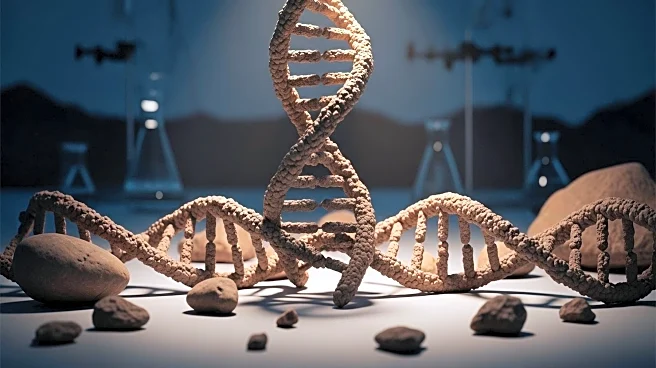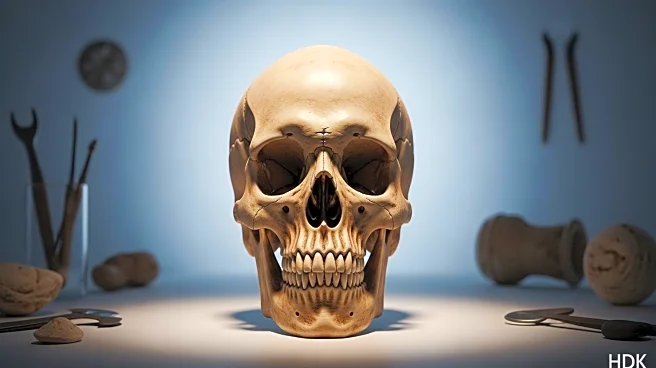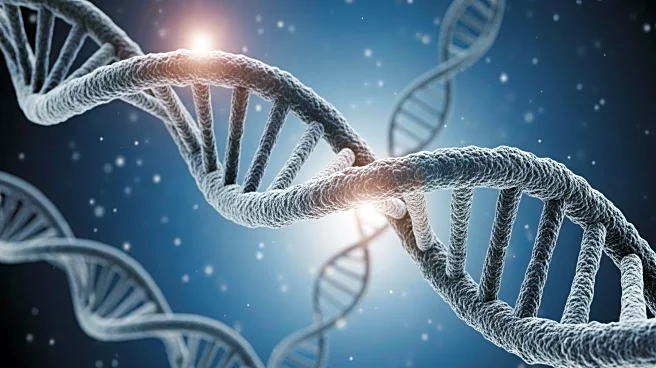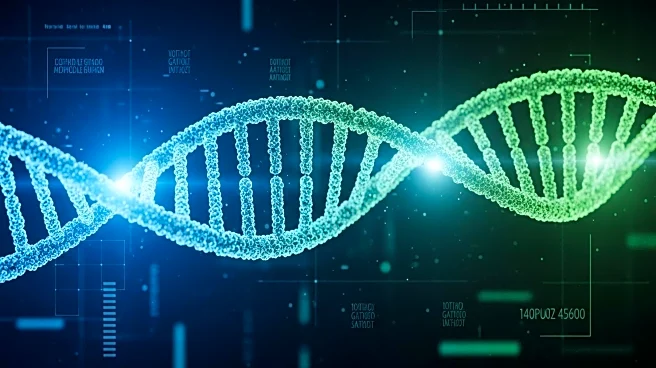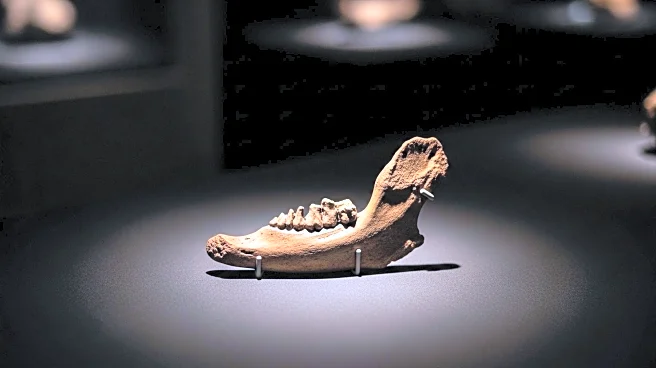What's Happening?
Researchers have developed new genetic techniques to identify Denisovan traits from fossil records, shedding light on this ancient human lineage. The study, led by David Gokhman from the Weizmann Institute of Science, uses gene regulatory phenotyping to detect changes in Denisovan genes, providing insights into their physical characteristics. The research identified 32 traits related to skull morphology, helping to match ancient skulls to the Denisovan profile. This method successfully linked the Harbin and Dali skulls from China to Denisovans, offering a new approach to studying extinct human relatives.
Why It's Important?
This research enhances our understanding of human evolution by providing a clearer picture of Denisovan traits and their place in the human family tree. The ability to identify Denisovan characteristics from limited fossil evidence is a significant advancement, offering insights into their physical appearance and evolutionary history. This work could lead to the discovery of more Denisovan fossils and improve our understanding of human diversity and adaptation during the Pleistocene epoch.
What's Next?
The study lays the groundwork for future research into other extinct hominin groups, potentially refining the classification of fossil records. Continued application of these genetic tools could uncover more about the Denisovan lineage and its interactions with other human species. This research may also inspire similar studies on other ancient human relatives, contributing to a more comprehensive understanding of human ancestry.
